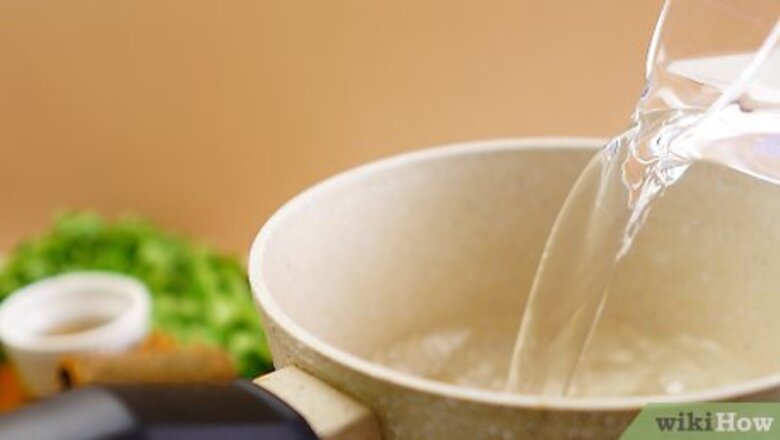
views
Making Moringa Tea
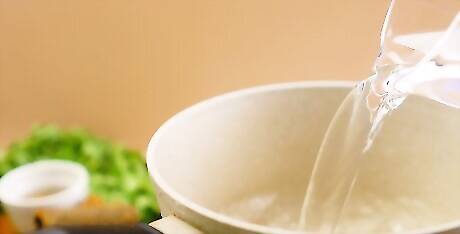
Pour 1 cup (240 ml) of water or milk into a saucepan. Set a small pan on the stove and pour in the water or milk. Keep the lid off of the pan as you make the tea or you won't be able to see if it starts to boil over. If you like a slightly milky tea, use half water and half milk. For vegan moringa tea, use non-dairy milk, such as oat milk, almond milk, or soy milk.
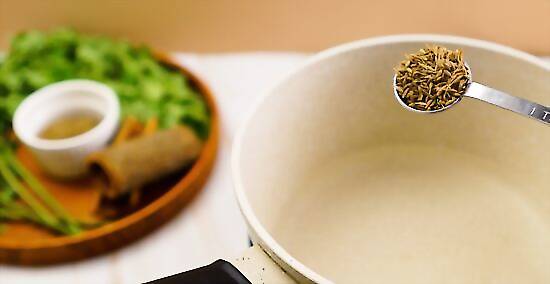
Add optional flavorings, such as cinnamon or cumin seeds. Although you might like the earthy taste of moringa on its own, it's easy to flavor the tea with spicy cinnamon or bittersweet cumin seeds. Try adding a 1 inch (2.5 cm) piece of cinnamon stick or 1 teaspoon (2 g) of cumin seeds.Tip: If you like spiced teas, use both the cinnamon and cumin or play around with adding other spices, like cardamom pods, fennel seeds, fresh ginger, or black peppercorns.

Put 1/4 cup (50 g) of rinsed moringa leaves into the pan and turn the burner to medium. Pluck the leaves off of fresh moringa stems and put the leaves into the saucepan with the liquid. Then, turn the burner to medium. Discard the stems or put them in your compost.

Simmer the tea for 5 to 10 minutes over medium heat. Once the liquid begins to bubble, set a timer for at least 5 minutes. If you like stronger tea, simmer the moringa leaves for a total of 10 minutes. If you used all milk, stir the tea occasionally to prevent the milk from scorching on the bottom of the saucepan.
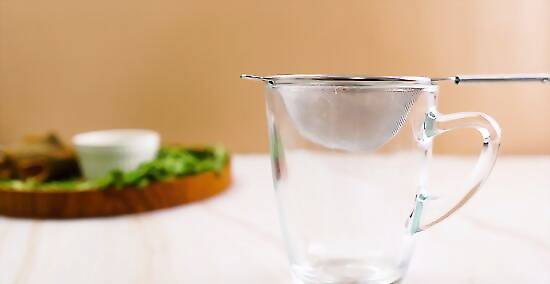
Turn off the burner and strain the tea into a serving mug. Once the tea is as strong as you'd like, set a tea-strainer over a large mug. Turn off the burner and carefully pour the hot tea into the mug. Then, discard the solids that are left in the strainer. If you don't have a tea strainer that you can set over a mug, place a small fine-mesh strainer over the mug instead.
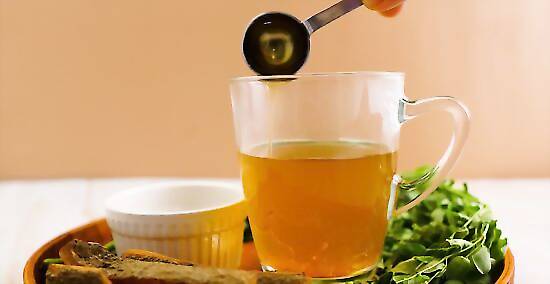
Flavor the moringa tea with honey or lemon juice, if you like. To offset the tea's slightly bitter flavor, stir in about 1 teaspoon (7 g) of honey. If you'd like to give the tea a fresher taste, squirt in a little lemon juice. Stir the tea the well and sip it while it's hot. Use your favorite sweetener instead of honey. Try agave syrup, stevia, sugar, or maple syrup, for instance.
Adding Moringa Leaves to Your Meals
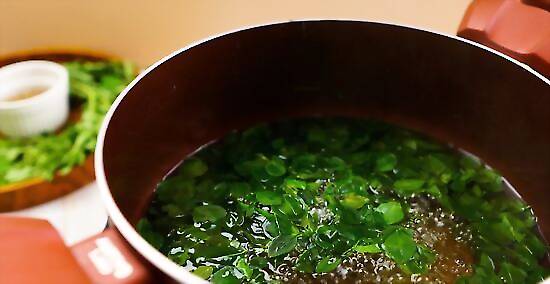
Boil moringa leaves for 2 to 3 minutes for a filling side dish. Instead of making collard greens or spinach, heat a pot of water with 1 teaspoon (5 g) of salt over high heat. Add about 2 cups (400 g) of fresh moringa leaves and boil them until they're tender. Then, drain the moringa leaves in a strainer and serve them hot. For a simple seasoning, drizzle the boiled moringa leaves with a little olive oil or melted butter.
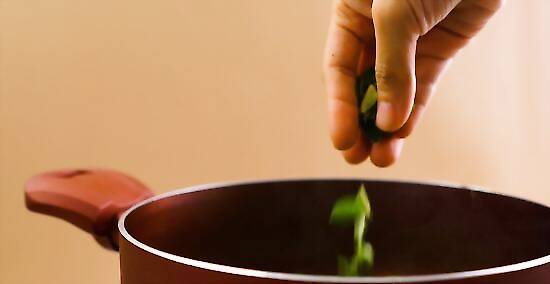
Add moringa leaves to soups or stews during the last 10 minutes of cooking. If you're making a flavorful soup, stir in about 1 cup (200 g) of moringa leaves toward the end of the cooking time. Stir frequently so the leaves cook in the soup and turn off the burner once the leaves are soft.Tip: Moringa leaves taste great in vegetable soup, lentil soup, or meaty stews. The bitterness of the leaves works well with slightly acidic soups so try it in sweet and sour soup.
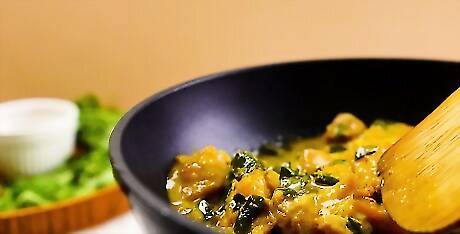
Simmer moringa leaves in oil and spices to make a quick curry. Most curry recipes require you to heat oil and spices before adding the main ingredients. Once you've cooked the spiced oil for your curry, add a few handfuls of fresh moringa leaves and stir well. Then, add coconut milk so the leaves soften and become flavorful. If you're unsure whether you'll like the taste of moringa leaves in a main dish, start by adding just a few leaves. Then, work your way up to cooking with more.



















Comments
0 comment